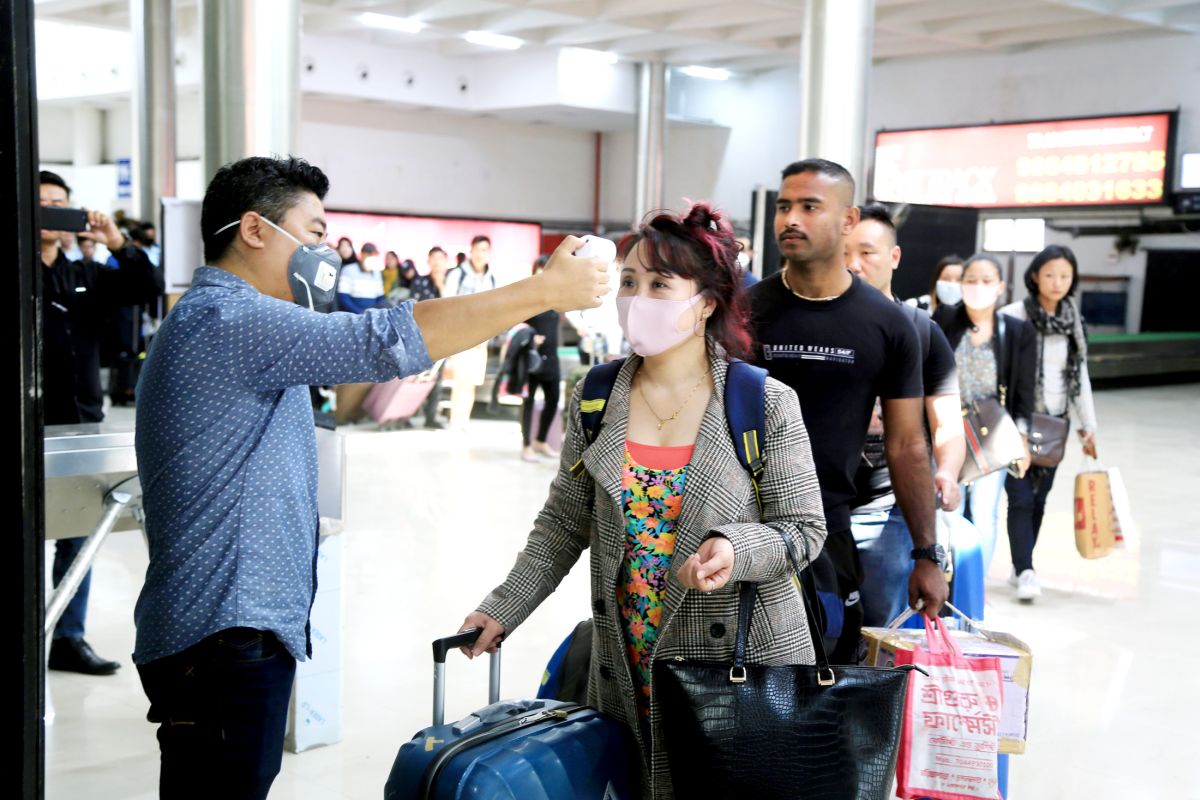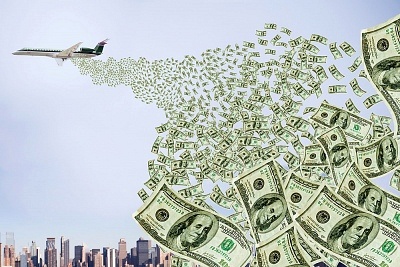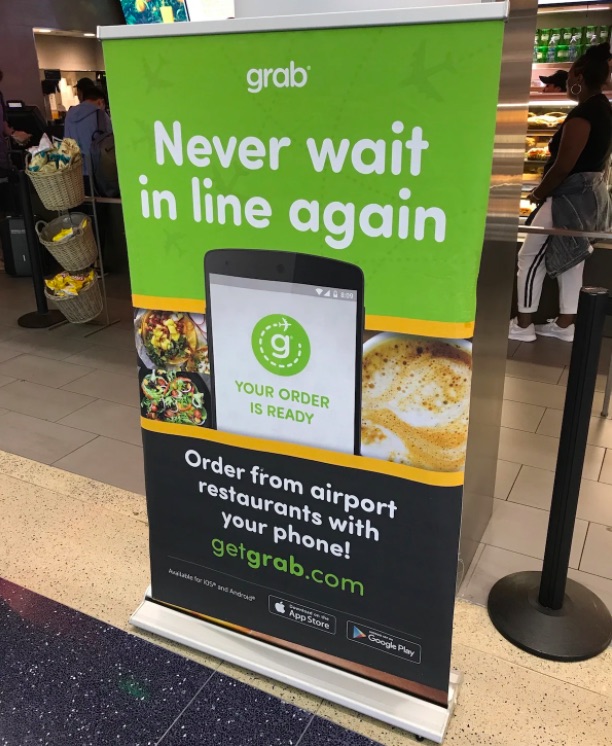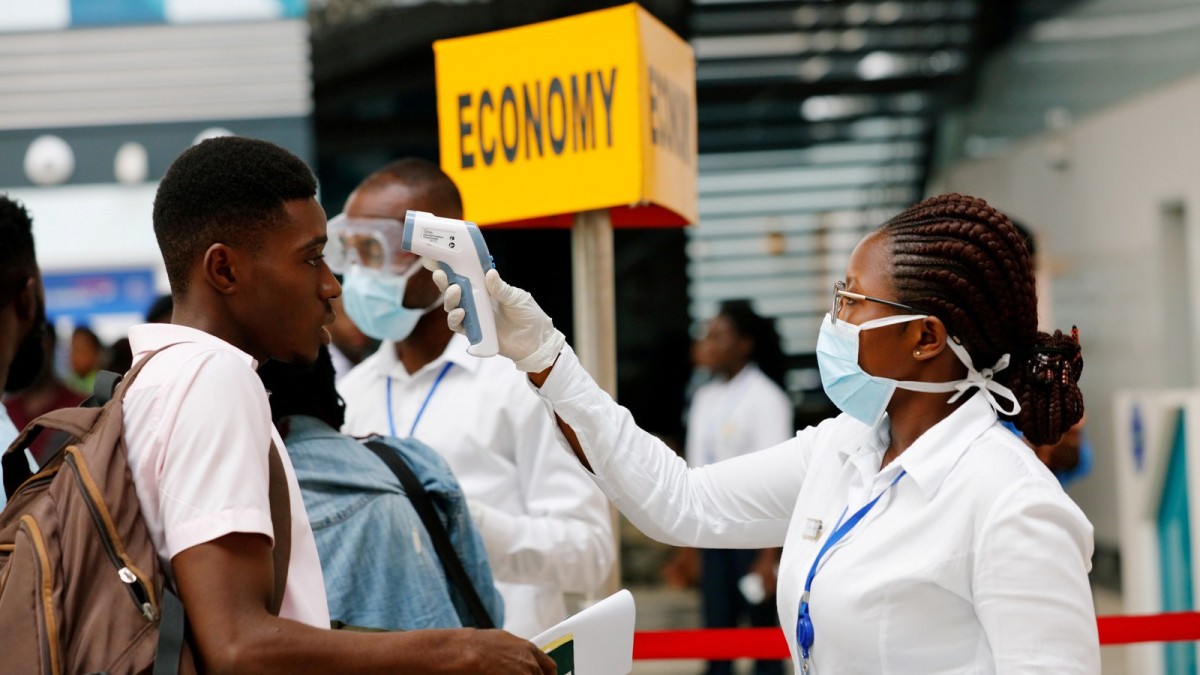This is the third article in a series about how the coronavirus will transform the aviation industry.
How will COVID change the airport business model?
-

-
Last time, we looked at how bailouts will change the way airports and airlines do business, and how they can drive much-need innovations. Today we’ll consider COVID’s impact on the airport business model.
As airports begin to reopen over the coming months, they’ll find themselves in a very different operating environment: with airlines tottering on the edge of bankruptcy, national governments providing sporadic infusions of cash, and the ever-present threat of a new wave of shutdowns. All of these factors will have a big impact on how airports make money--and how they spend it. Moving forward, airports will see a major reconfiguration of their cost centers and revenue sources, leading to a paradigm shift in the airport business model. What components of that model will be the most resilient? And which ones are most vulnerable to disruption?
An analysis of cost centers is beyond the scope of this article--but here are a few quick thoughts anyway. In the short term, airports will need to allocate a bigger part of their budget to health and hygiene (more on that here). We’ll also see airports spending more money on digitalization and climate change adaptation. Both will lead to big upfront costs, but will provide considerable benefits in the long run. Full automation of check-in and CIQ procedures will cut down on airports’ labor costs. And while making airports more resource-efficient will require major capital investments, these measures will reduce ongoing energy, water, and waste disposal charges.

-
What about revenue sources? Prior to corona, airports derived about 60% of their revenue from aeronautical charges--that is, fees levied on airlines and passengers. The remaining 40% came from non-aeronautical revenue like travel retail, parking, and property development. How future-proof is that business model, given the scale of the current crisis?
Let’s start with the bad news. In a word, airlines are screwed. With virtually no customers in the air and debts piling up, they’re struggling to pay their bills. Many are counting on parking and landing fee waivers to get through the crisis. That has big implications for airports: on average, they earn about 20% of their revenue from those airline charges. Airports in North America--where airline charges make up closer to 40% of total revenue--are especially exposed.
Airports’ immediate challenge is to replace that missing income. One option is to request government subsidies until air traffic recovers. But ongoing transfers could prove to be a tough sell, both financially and ideologically. Another option is to place the burden on travelers by increasing passenger fees. That shift was already happening before corona, with airports levying higher pax facility fees while reducing airline charges. But that strategy has its limits. In the EU, passengers are unlikely to feel much sympathy for airlines that are refusing to issue refunds for cancelled flights. That's a violation of national and international laws--and more importantly, it's a violation of trust. (I’m looking at you, Lufthansa, TAP, and many other airlines out there. You're destroying your relationship with your customers--shame on you!)
If our goal is to win back customers, raising passenger fees isn’t the right way to do it. It’s also tricky in the US, where federal regulations cap pax facility charges. While those rules desperately need to be reviewed, that’s unlikely to happen quickly.
So what’s a better approach? Successful airports will focus on increasing non-aeronautical revenue--and they’ll do that in two ways. First, they’ll adapt their terminal concessions strategy to engage with post-pandemic travel habits and shopping patterns. Second, airports will prioritize non-passenger revenue in order to expand their existing customer base.

-
Pandemic-proof concessions
As passengers start flying again, they will avoid activities that involve sharing confined spaces with strangers. That will take a toll on terminal concessions. As shops and food outlets adapt to social distancing rules, revenue per square foot/meter will drop. Some concessions operators may ask for lower rents.
But there could also be some hidden benefits. To bring back skeptical customers, airlines will emphasize hygiene, well-being, and bodily comfort in their ad campaigns. That could translate into increased demand for terminal space, as airlines expand cramped lounges in order to woo premium travelers. We’ll also see more demand for pay-for-use work and relaxation rooms where infrequent travelers can get away from the crowds.
At the same time, shops and F&B outlets will need to up their digital game if they want to remain profitable. That will push airports to increase grab-and-go and on-demand delivery options. Let’s say I arrive at my gate and discover that I’ve forgotten my phone charger. I’m also a little hungry. If I’m at a successful airport, I’ll be able to pull out my phone, type in “phone charger” and “tuna salad” and have those items delivered to me with plenty of time to spare before boarding. If I’m at a less successful airport, I’ll fly out with an empty stomach and an empty phone battery, and the airport will have missed out on a sale.
The takeaway: social distancing will oblige airports to redesign their lounges and concessions areas. It will also expand e-commerce opportunities inside the terminal. Leading hubs already offer pre-ordered and on-demand delivery options. Many more will join them soon. That will require big changes in shop design and staff management. It will also force airports to digitalize if they want to return to pre-pandemic levels of commercial revenue.

-
Expand airports' customer base
As the current crisis makes all too clear, aviation is an unpredictable business. From one day to the next, airports experienced a massive decline in traffic. Revenues have crashed. This isn’t our first time to the rodeo: September 11th, the 2008 economic crisis, and the Icelandic ash cloud all presented challenges that were unpredictable, immediate, and devastating in their effects. Downturns in the aviation industry are cyclical—and when air travel goes down, it falls hard and fast. These risks are inherent to our business. How can we mitigate them?
The first step is to ask who are our customers are. If you ask some airport execs that question, they’ll give you a simple answer: airlines and passengers. But the answer isn’t that simple. Taking their cue from previous downturns, successful airports have expanded their customer base—beyond just airlines and passengers—to include customers on the ground. They seek out income-generating activities that are not dependent on air traffic for their success: what airport real estate expert Pieter van der Horst calls “non-passenger revenue.”
What are some examples of non-passenger revenue? By and large, it falls into two categories: goods and services for local residents and employees, and commercial real estate for local businesses (more on that here and here). Successful airports recognize that these non-passenger revenue sources are much more than additional income streams. Non-passenger revenue helps airports to maintain profitability during those turbulent periods when unexpected events—a terror attack, an airline bankruptcy, a public health crisis—lead to abrupt declines in passenger-related income.
Amsterdam’s Schiphol International Airport is a good example. The airport is currently operating 1-2 flights an hour, leaving departure concourses eerily quiet. From one day to the next, all of that passenger revenue disappeared. On the landside, however, shops are still in business. That’s because they cater to local commuters who change trains at Schiphol, and to local residents who live in surrounding communities. Outside the terminal, dozens of office buildings house hundreds of large and small companies. All of them are locked into 5- and 10-year lease agreements, guaranteeing substantial returns for Schiphol. That’s a big help right now.
The takeaway: successful airports diversify their revenue sources to mitigate risk. When a terror attack or health emergency wreaks havoc on their core business, they rely on non-passenger revenue to maintain profitability.

-
Final thought
A recent study by McKinsey estimates that it will take until at least 2022 for air traffic to return to pre-crisis levels. In a worst-case scenario, the recovery could last well into 2023 and beyond.
In the meantime, airports will need to make peace with three unpalatable aspects of the new normal: fewer passengers, costly health regulations, and airlines that don’t pay their bills on time. Successful airports will step up to the challenge by offering a wider variety of goods and services to air travelers. For nearly a decade, the per-passenger spend on those non-aeronautical items has remained constant at around $7. We can do better than that!
Successful airports will also learn from the current crisis by diversifying their customer base: turning to non-passenger revenue to compensate for the decline in air traffic. Focusing on non-passenger revenue sources—goods and services for local consumers, along with commercial real estate for local businesses—will deliver substantial benefits to the entire industry. Airports will grow more resilient in times of crisis, and less dependent on aeronautical charges to cover their costs.
At the same time, the pandemic will have a long-lasting impact on the way we develop airport real estate—that’s the subject of the next article.
Until then, here's a question for you: how is your airport dealing with the financial fallout from COVID? And where do you see opportunities to innovate the airport business model?
Special thanks to Thomas Barta and Kathleen Boyd.
-
-
-
-
-